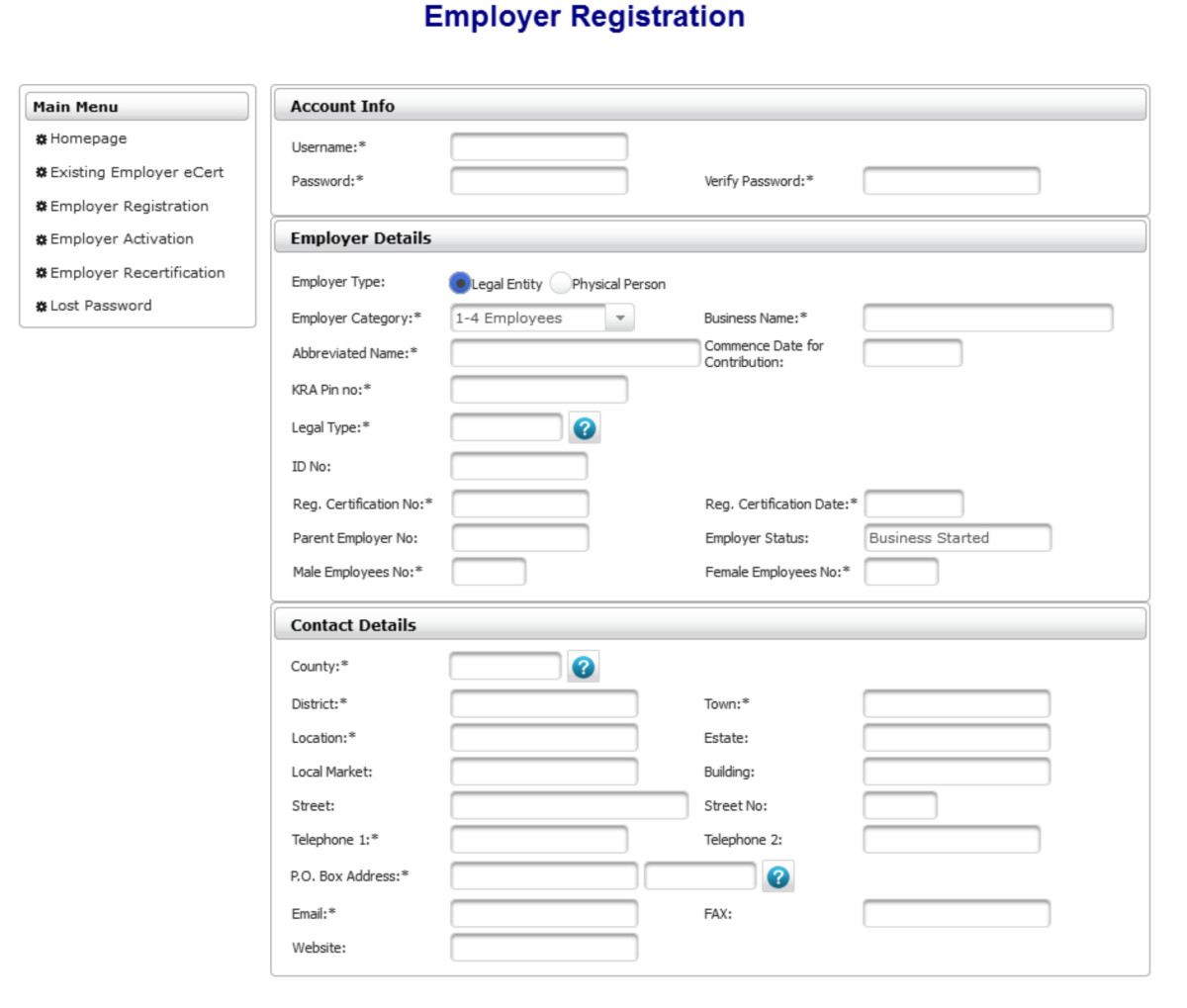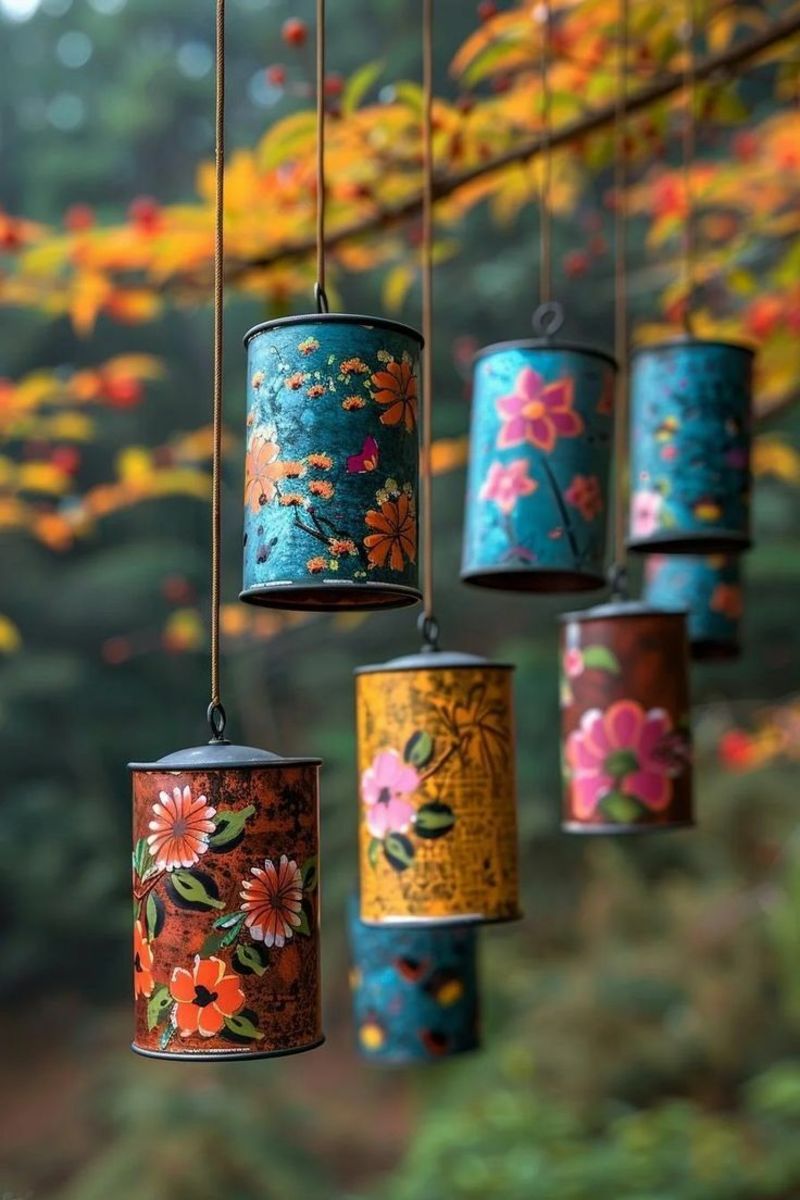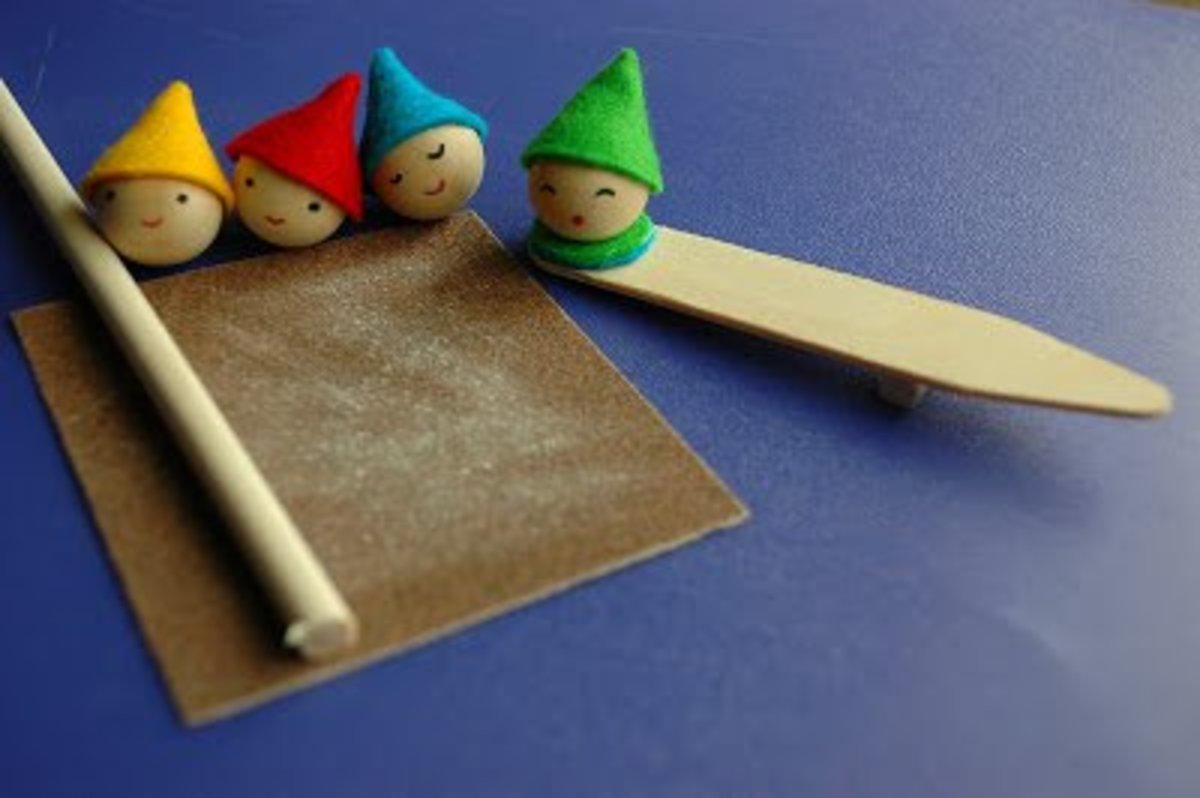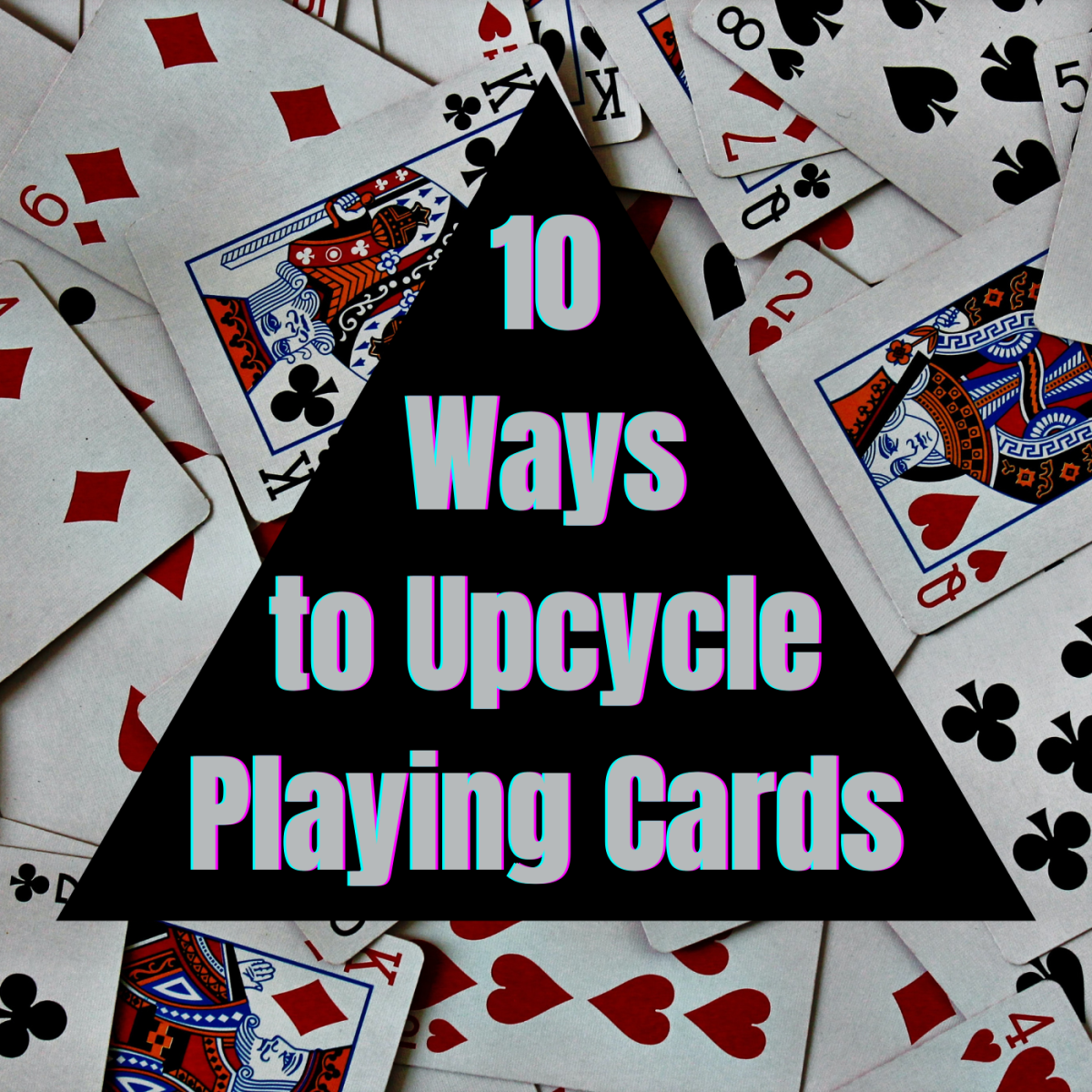How To Prepare for Your First Arts and Crafts Show
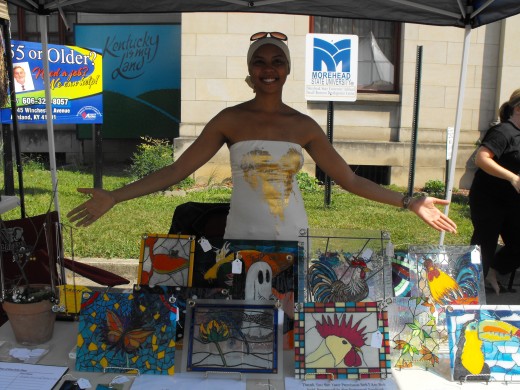
Preparing for an arts and craft show can be both exciting and exhausting at the same time. You're full of raging thoughts of how well you can do or how much you will make. There however also needs to be a focus on how you will prepare for one. Preparing for an arts and craft show can be fun but still needs to have some forethought put into it to make it go off without a hitch. Here are a few things to take into consideration for your first time show until you become a pro.
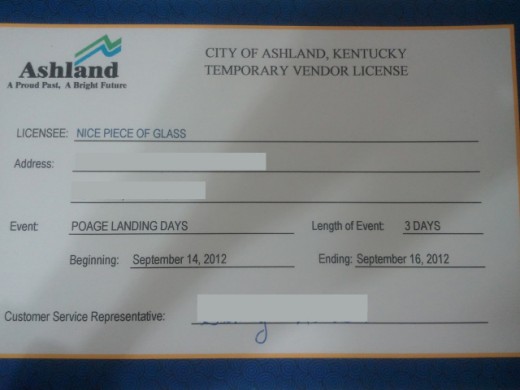
Find Out All You Can
Research for festivals or art and craft shows in your area. Search websites and ask around to co-workers and friends if they know of any events happening that are known to come around on an annual basis. Once you find one that you are interested in, get in touch with the point of contact that is given as soon as possible. How soon you find the info you need could make the difference between getting a good or horrible location to set up your wares. From your point of contact, have them send you an application if one is not provided from their website. Also, find out from them how much booth fees are and any other associated fees that may be attached such as a Temporary Vendor’s License.
Make sure you understand the time frame of how many hours you will be set up for the show as well as how many days you will be there. If you feel that you cannot sell all days of the show ask your representative if it is mandatory for you to sell everyday of the festival. You may be able to pay and sell for only one day of the event. But keep in mind, selling only for one day of the show may not guarantee you a good booth location. Also, learn what items will be provided by the venue and what will not. This information will give you an idea of how to better prepare for the longevity of it.
Side Note: After you have sent your booth payment in check your account to make sure your payment has been received. If you have not seen your payment go through in your account contact your point of contact to insure it was received. A delay in payment can mean a bad booth location.
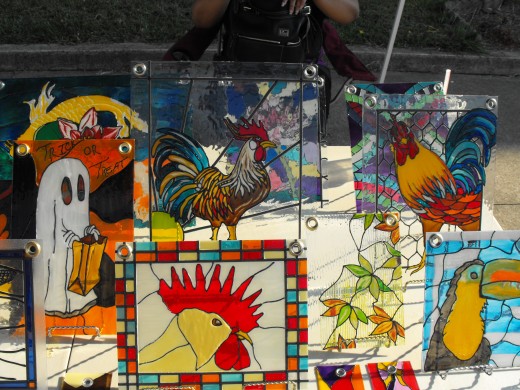
Preparation, Preparation, Preparation
When you know how much time you have until your show you should start to get busy getting your products ready. Whether you need to order your wares or hand make them, you need to be aware of how many pieces you can have ready so you are able to better pace yourself. To lower the stress of having enough items made, give yourself some time. Try to allow yourself at least 2-3 months before an arts and crafts show to have enough product to display. More time allows you the room to receive your shipment in time, handcraft creative pieces or perhaps make more than one of the same item. If possible, have at least 30-50 pieces or more to display to appeal to a wider group of tastes.
Knowing Your Audience
If possible, find out from your point of contact how much traffic the affair gets and what type of traffic is normally received. This information can help you decide on what types of products you need to focus on selling. If your product is versatile enough to where you are able to please any audience, you can specifically customize your wares making for incredible sales. Is it a city that focuses on religion? Sports teams? Or are they into primitive items? Is the affair near a holiday? If so, prepare more seasonal items. Don’t feel the need to sacrifice what you would normally make but throwing in a few more items that can appeal to your audience can help make a sale. After all that’s the goal. Knowing these things can also help you realize if it is the type of venue where your product will be appreciated.
Knowing your audience can help you decide on what pricing to give your product as well. If it’s a smaller venue of middle class earners, or lower, then you may need to keep the price of your product more affordable to appeal more to their wallet. If it’s a ritzier crowd you may be able to squeeze a little more money out of your product. Though you may not want to lower the price of your product that you worked so hard for, you may find that you might have to sacrifice a little on the price in order to profit.
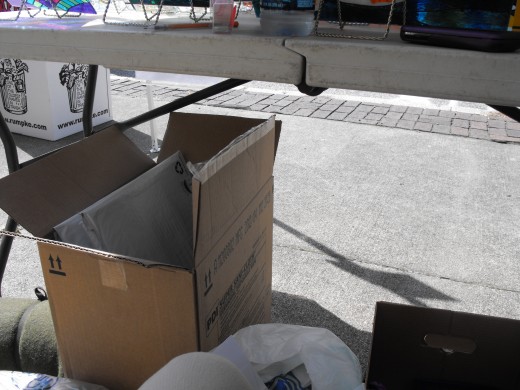
Preparing Your Product for Transport
Carrying all your product to and from a show can be a hefty task in itself if not properly thought out. By having the proper equipment to get your craft from A to B, things will go a lot smoother. Figure out what you may need such as boxes and compartmentalized luggage for storing and toting. Carry cases with wheels or handles can be an asset for easy transporting. Be conscious of what you are carrying your items in and how they will be easily stored in your vehicle. Will your box shift around and cause things to come apart or break? Can it be best stored in the trunk or floorboards? The smallest decision can save your product from any damage. While traveling, braking and turning corners will no doubt shuffle things around.
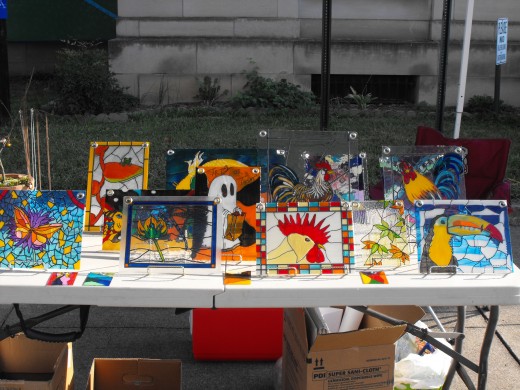
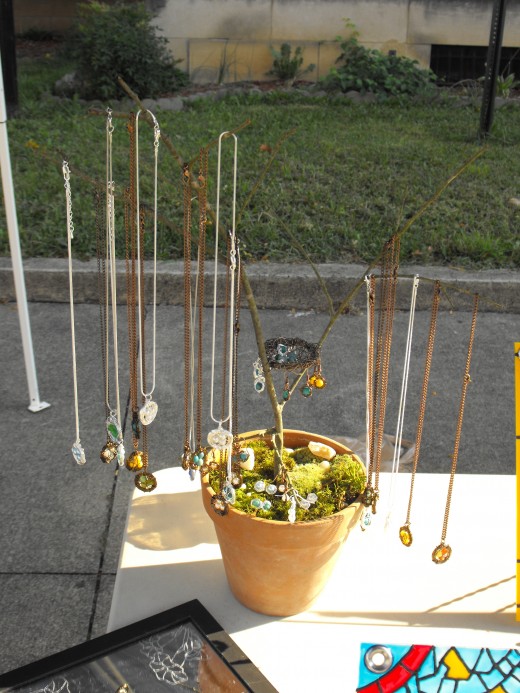
Setting Up
Knowing when the affair begins is a plus when it comes to setting up. It helps you know how much time you need to get started. Keep your point of contact’s number with you at all times in case you run into trouble on where your space is to set up. Showing up at least 45 minutes to an hour early will give you time to comfortably set up your goods. It also gives you leeway for those forgetful moments where you forgot to display something or left something in your vehicle. Allowing yourself the proper time to set up can make for a much less stressful beginning.
Consider factors such as will you need electricity for your props, will you need tables, chairs, a canopy, etc.? Or will you need certain props that will hold your product up for all to see such as easels, stands or hangers? Presentation is most important in everything you do and in this case it is no different. Something as minimal as using a tablecloth or having things color coordinated can pull in a crowd and bring your presentation together. Also, make sure you have with you the tools you use to make your beloved craft. Bring an abbreviated version of what you need to your show. You never know if you may need to fix this or amend that.
Signage is also important when setting up. Have signs made up with your company’s name, pricing and what you do. Events such as festivals can be overwhelming to patrons walking down an aisle full of booths. Having signs in front of or sticking out from your booth can quickly catch their eyes and draw them in. If possible, have a sample of your product hanging or standing where they can see it and get an idea of what you’re about. Some patrons are there looking for specific things, you could be it! Other signage you may want to consider are *Do Not Touch*, *Ask for Assistance*signs or any other warning or informational signs that the customer may need to read.
Once you have set up, get to know your neighbors. Try your best not to think of them as "competition". They will be there for however many days you are so you might as well be sociable and get acquainted with them. They can even keep you company if you are going it alone. Not only that, they will more than likely be the ones you will rely on should the inevitable calling of the port-a-potty begins.
Knowing What YOU Need
Make sure you carefully plan out what you might need for the long haul. Other than what you are selling, think about the comfort and conveniences you may need as well. If you are the only one manning your booth or stand you will need food, snacks and plenty of water or other drinks to avoid leaving your booth unnecessarily. Bringing your own edibles can also help you refrain from raiding the corn dogs and turkey legs being served at the affair that could cost you all the profit you just made. Also keep in mind that lavish restrooms might be out of the question for your bathroom needs. Lots of venues such as these may only have port-a-potties available.
Be aware that temperatures and weather conditions in certain venues, whether inside or out, may be less desirable than you would like. Check the weather report if your venue is located outside. If you aren't able to get under a tent provided by the organization make sure to bring your own tarp or canopy for protecting your products as well as yourself from the elements of wind, rain and the sun. That also goes for clothing. You might find it helpful to have another change of clothes such as a pair of shorts or a jacket in case things get too hot or cold for you. Or for also if you got carried away with the chili cheese hotdog and spilled something on yourself. A messy vendor might get messy sales.
There also could be plenty of down time when working your booth. Plenty of times there are moments of little or no action. During these episodes you can take the time to create your next craft. If you're a crafter you might want to bring your most used supplies with you to give you something to do. This can also add to the effect of your business image. People seeing you working on your next project figure you are working on something for someone and may be inclined to ask you for something as well.

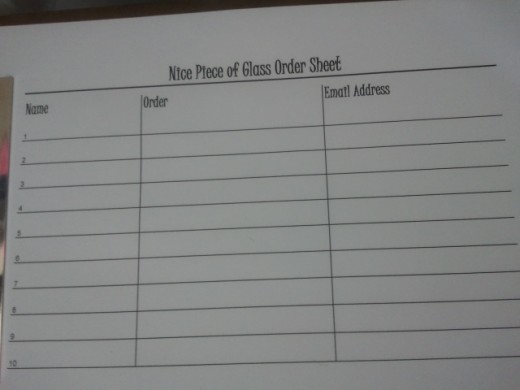
Consider Your Customers
Serve your customers with a smile. Cheesy but true. Make your customers feel like they can approach your booth. Greet them with a hello. Some may speak, some may not but don’t be offended if they don’t. Chances are they don’t want to be harassed and may feel that that is the best way to avoid it. Do the best you can at making them feel comfortable when they walk up. Let them browse a while. Answer any questions they may have with confidence. Be attentive but don’t be pushy. Ask them if they are interested in anything. If they are and you are able to work with them on a price let them know that. Expect haggling to be a part of the process. As a matter of fact, if you price your items slightly higher than you expect to sell them for you might get a haggling customer to settle down on the price you originally wanted. This is a tactic you gamble on but could work out for you in the end. When dealing with customers, just remember to treat them how you would like to be treated when you walk into a store.
What will you store a purchased item in? Remember it has to be something easy for your customer to carry away with them. Is it a delicate piece? If so, insert it inside of something such as bubble wrap packaging or tissue paper. Provide your customers with bags that have handles. More than likely they will be walking around a little more to shop in other booths and don’t want their previous purchase to be a hassle to carry. Inside the product’s bag place any type of warning or caution labels giving the customer clear instructions of how to handle the product, if necessary. Within your purchased product’s bag also include a business card or something with information of how you can be reached in case the consumer needs to contact you for questions about the product or perhaps they would like to order something else from you.
In the event a customer likes what you do but doesn’t see anything they want to purchase right then and there, have available to them your business card. Nowadays business cards are fairly cheap to purchase or can be printed out on your own home printer. If all else fails just merely print out your information and cut it up business card size. Having an order sheet prepared for customers is also a good way to go. Make columns for their name, what they would like and the best way to reach them. If possible, always get their information. How many times have you taken someone’s card and haven’t called them or forgot about them? Plenty. Get their info and it’s guaranteed you will be in touch with them.

Cash, Check or Credit
In these types of events deciding on how a customer is able to pay for your merchandise can at times affect how much or little you profit. How so? You might wonder. Well if you only take cash and a customer doesn’t have cash on them or only has so much you are without a sale. On the other hand if you take checks or credit cards on top of cash you don’t lose out on business and are guaranteed a sale. However, these days checks are a bit of a riskier option. As a merchant, you should think this decision over quite a bit because if a patron pays with a bad check then you are held responsible for the fees of a bounced check. If you do decide to accept checks it might be best for you to charge an extra fee up front. And lastly, taking credit cards are a definite benefit to accepting payment. These days everyone carries their credit or debit card and with just one quick swipe you have received a payment. If this is a method that sounds like a good idea for you try searching for sites on how to accept credit cards portably. Today’s credit card readers can be obtained through Square (what I used), RoamPay, Leader, Intuit and other competitive card readers. Just pay attention to what fees are associated with each and decide on which one best benefits your needs. On another note, make sure you stop by the bank before your show and withdraw at least $20 - $30 worth of ones in the event you need to make change.
Don’t Forget the Little Things….
- Cooler
- 25’ or more Extension Cord
- Power Strip
- Bungee cord
- Calculator
- Clear Tape
- Small Trash Can (in case trash receptacles are too far away)
- Money Bag (for storing profits)
- Scissors
- Sales Tags (found at your nearest crafts store)
- Packaging or bags for product
- Your contact info for customers/potential customers
- Have pictures of your product. In the event something sells you can show other customers your portfolio of what you can do.
- Phone Charger
If you think you are ready to take on your very first art and craft show, don't dilly dally around, find out all the information you can find out to ensure a smooth set up from start to finish. Mail your application in as soon as possible to ensure a good spot amongst all the other competitors. Maintain your point of contact's information in the event you have questions for them. And treat all customers how you expect to be treated. With a little preparation and taking your time, your first arts and crafts show can go off without a hitch. Now go make some money!





